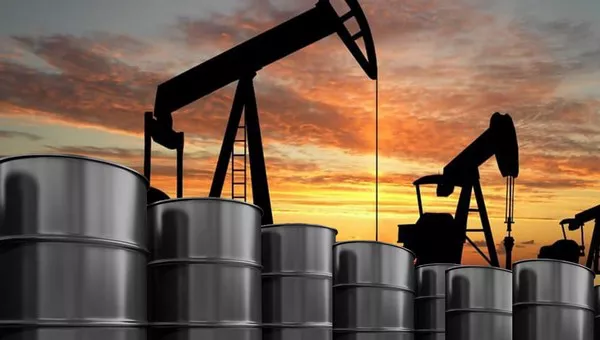Iran’s financial support for Hamas and Hezbollah remains fueled by robust oil revenues, despite international sanctions. Iranian officials proudly announced today that their daily oil production has surged to 3.4 million barrels, a remarkable achievement in the face of adversities. Supreme Leader Ali Khamenei is using this leverage to rally Muslim nations against Israel, urging them to cease economic cooperation and cut off their oil and food supplies. While Iran’s pleas for an OPEC oil embargo have been largely dismissed by fellow members, the country continues to reap financial gains.
This increase in Iran’s oil production contributed to a rise in overall OPEC production. In September, OPEC’s oil output grew by 180,000 barrels to reach 27.90 million barrels, with notable contributions from Nigeria, Angola, Iran, and Iraq. Iran’s ability to maintain substantial oil production despite its support for Hamas highlights the complexity of the situation.
This development comes on the heels of a dip in oil prices following a report by AFP that Hamas intends to release hostages in the coming days, a move widely perceived as a tactic to buy time amidst Israeli military actions. The oil market, which is already in a fragile state, reacted strongly to this news, causing the oil recovery rally to falter. Furthermore, Hamas has openly declared its intent to turn Gaza into a battleground against Israel’s military.
Amidst these geopolitical tensions, oil demand concerns are giving way to signs of optimism. India has reported a narrowing discount for purchasing Russian crude, indicating that Russia can continue to export oil without significant consequences. Despite efforts in Europe to reduce Russia’s oil revenue, it seems that their dependency on Russian oil limits their ability to take decisive action.
The Energy Information Administration (EIA) has notably revised its demand forecasts for petroleum products, contradicting predictions of peak oil demand. Global oil demand reached 20.881 million barrels per day in August, the highest for that month since 2019. This surge in demand extended to various petroleum products, with daily consumption reaching 9.3 million barrels and diesel demand at 4.13 million barrels per day.
The EIA’s recent underestimation of weekly demand figures has now become apparent to the market, contributing to the oil market’s resilience. The agency also reported a significant decrease in U.S. petroleum inventories, including crude oil, refined products, and the Strategic Petroleum Reserve (SPR), which fell by 10.365 million barrels month-on-month to 1,608.521 million barrels in August.
Meanwhile, Senator Chuck Schumer, who previously blocked President Trump’s attempt to refill the SPR at $24.50 a barrel, is now leading efforts to obstruct recent oil company mergers. A group of Democratic Senators, spearheaded by Schumer, has urged the Federal Trade Commission (FTC) to investigate whether mega-acquisitions by ExxonMobil and Chevron violate antitrust regulations. Concerns are centered on the potential impact on gasoline prices and American consumers.
Natural gas prices surged due to prolonged winter weather conditions, raising concerns that this could be a precursor to more significant price fluctuations if a cold winter ensues.
Additionally, global central banks have significantly increased their gold purchases, with the World Gold Council reporting a record for the first nine months of this year. Central banks appear to be turning to gold as a safe haven in the face of uncertain economic and geopolitical circumstances, recognizing its liquidity and safety as key attributes in these turbulent times.


